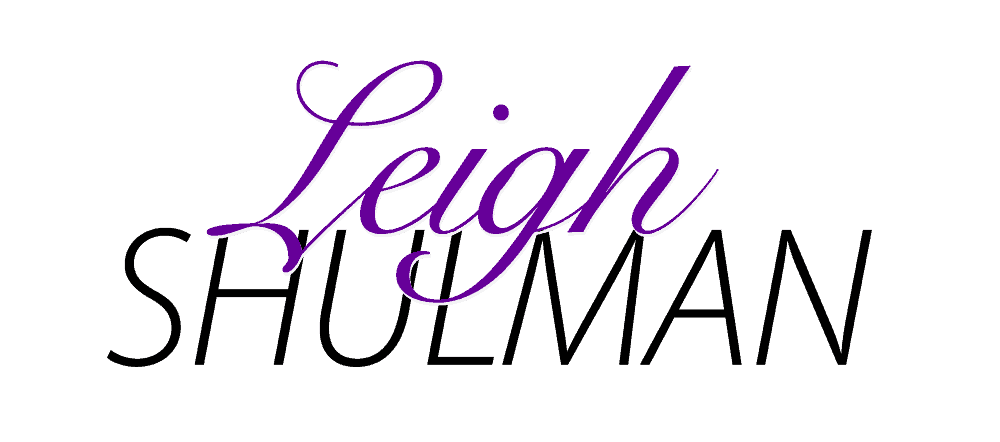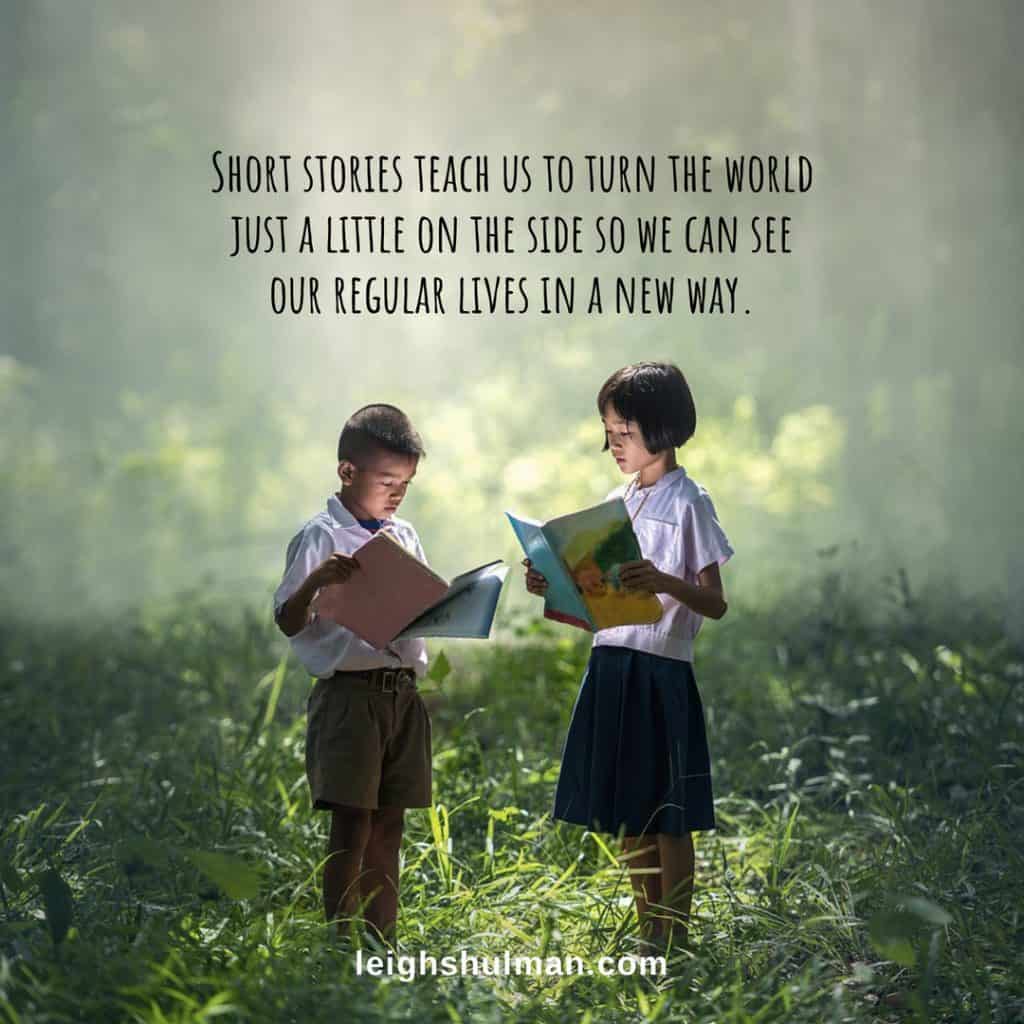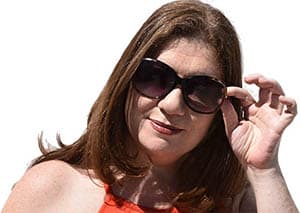A short story teaches us to turn the world just a little on the side so we can see our regular lives in a new way, and the brevity of the form forces us to pay attention to every detail.
The stories you tell offer your readers a message. You’re letting them know what you want them to feel and understand when they finish reading your story. This is what I call the About of your story. An About is one overarching idea that guides everything else in the story.
The short stories included in this post are all found free online. Along with each story, you’ll find questions to draw your attention to a specific element of the story. We’ll explore form and structure, language, setting and characterization and the ways each allows you to layer your meanings, develop themes and present a personal vision of the world.
If the best way to improve your writing is reading, then when you’re finished reading these stories, you’ll have completed a masterclass in short fiction. Enjoy!
1. “The Story of an Hour” by Kate Chopin
“The Story of an Hour” is About how things aren’t always what they seem. What appears on the surface of social convention just might surprise you.
I use this story in my storytelling workshop. In part, because it’s short enough for everyone to read and absorb in a two-hour workshop. But also, because it’s funny as hell, and the humor lives in subverting our belief about social convention.
Study questions: What’s the structure of the story? How does the structure lead us to the surprise at the end?
2. “All Summer In a Day” by Ray Bradbury
“All Summer in a Day” is About how envy leads us to be unthinking, hurtful and cruel. Another dystopian story where people live in underground tunnels on Venus and there’s only one day of sunlight every seven years.
Study Question: Why is Margot described as having been washed out of color?
3. “The Lottery” by Shirley Jackson
“The Lottery” is About the ways we can be purposely blind to others’ suffering when we hide behind civility and tradition. It tells of a town where all the people get together once a year for a Lottery. We get to know the townspeople, their families and the traditions they hold dear.
Study Question: What does this story tell us about keeping tradition? And how does the setting of the reinforce that message?
4. “Lamb to the Slaughter” by Roald Dahl
“Lamb to Slaughter” is About why you must never cross a woman, especially a pregnant one. And sometimes what we’re looking for is right under our noses. We’re just too stupid to see it.
Study questions: How does the title add different levels of meaning to the story itself? Who is the lamb?
These short stories, all found free online, take you through a short story masterclass. Click To Tweet5. “The Prairie Wife” by Curtis Sittenfeld
“The Prairie Wife” is About the various ways we lose ourselves in daily life and forget who we are. It talks about relationships and how social media too often takes the place of the more important things in life as it introduces you to Kristien, her life and her obsession with an online personality, the Prairie Wife.
Study questions: What role do names play in this story? What impact do they have on your reading?
6. “The Ones Who Walk Away from Omelas” by Ursula LeGuin
“The Ones Who Walk Away from Omelas” is About what we’re willing to sacrifice for our own comfort. Omelas is a place that is seemingly perfect. Its beauty is described in great detail through most of the story. Then we learn one thing about this utopia that changes everything — for some.
Study Questions: What is the purpose of the questions asked in between descriptions of Omelas? What effect do they have on your reading of the story?
7. “Harrison Bergeron” by Kurt Vonnegut
“Harrison Bergeron” is About how equality between people is only worth it if we are allowed to embrace our talents and individuality. Vonnegut describes a world in which people are made equal by dulling their intelligence and handicapping their talents until no one can do anything better than anyone else.
Study Questions: Why does the story begin and end with the couple, Hazel and George, watching television? How do they deepen the emotion and therefore the meaning of the story?
8. “My Flamboyant Grandson” by George Saunders
“My Flamboyant Grandson” is About the various ways we lose our freedom from making our own life’s choices. George Saunders’ short story traces a trip taken by grandfather and son to NYC to see a show. They’re constantly monitored and fed advertising based on their Personal Preferences, which are the ways marketers track individuals in this dystopian vision. This story shows how advertising separates us from each other as well as from free choice.
Study Questions: What are the opposites of this story and how do they show the various kinds of disconnection between people?
When you write your own short stories, you can use the techniques used in these stories to guide your own writing. Experiment with them. See where they take you!


